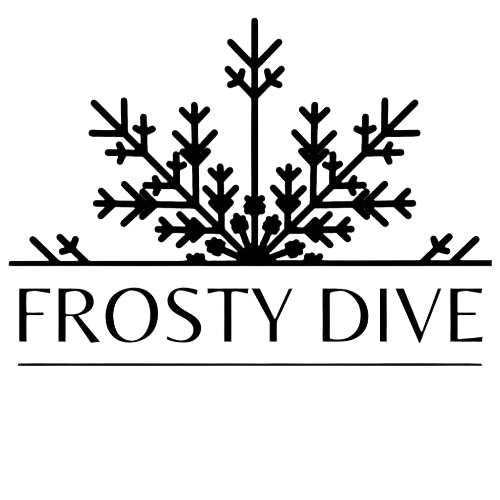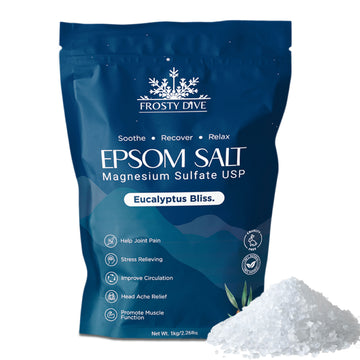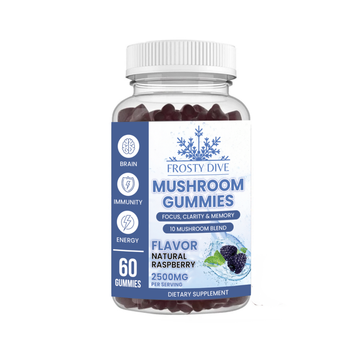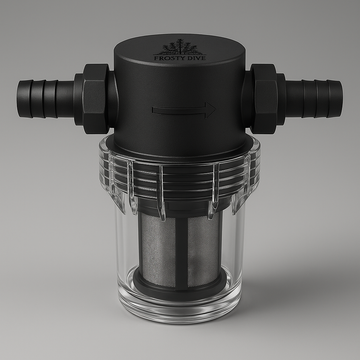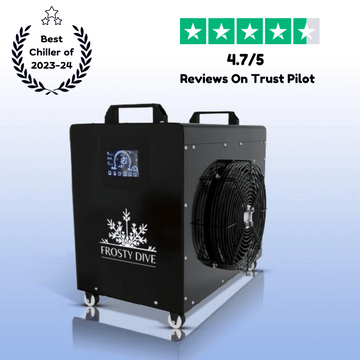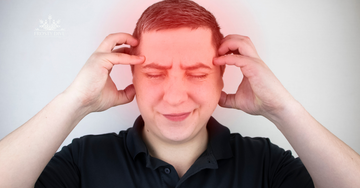Cold‑water immersion can accelerate recovery, lift mood, and even support metabolic health—but those benefits hinge on staying within a narrow, evidence‑based temperature window. Relying on loose bags of ice or letting the water sit for days introduces huge swings in temperature, hygiene, and cost. A purpose‑built water chiller solves those problems by delivering precise, automated cooling and continuous filtration, turning an occasional novelty into a safe, daily performance tool.
Below, we explain why choosing the right chiller for your ice bath is the single most important gear decision you’ll make.
1. Consistent Therapeutic Temperature
Why precision matters
Meta‑analyses show that recovery gains plateau if the water is either too warm (>15 °C / 59 °F) or excessively cold (<8 °C / 46 °F); the sweet spot for most users is 8‑12 °C (46‑54 °F). Ice alone melts unpredictably, causing the water to drift upward within minutes, while over‑icing can drive temperatures below 4 °C, heightening cold‑shock risk . Inverter‑compressor chillers, by contrast, hold set‑point within ±1 °C even during back‑to‑back plunges preserving the physiological sweet spot documented to reduce inflammatory markers and improve vertical‑jump recovery 24 h post‑exercise
Safety First
Cardiology experts warn that sudden exposure to water under 50 °F can trigger arrhythmia in susceptible individuals, especially if the body is already fatigued . A programmable chiller lets you start at safer temperatures and step down gradually over weeks, minimizing shock responses.
2. Hygiene and Health Protection
Stagnant, hand‑cooled plunge tubs are fertile ground for Pseudomonas and Staphylococcus bacteria; dermatologists regularly treat folliculitis outbreaks linked to backyard ice baths. Quality chillers integrate cartridge filtration and ozone or UV‑C sanitation, circulating water 24/7 to inhibit microbial growth The result is crystal‑clear water that lasts weeks instead of days—saving hundreds of gallons per month while protecting your skin and eyes.
3. Cost and Convenience Advantages
Ice costs pile up
A 100‑gal tub requires roughly 40 lb of ice to touch 50 °F in summer; at typical U.S. retail pricing, that’s $12–15 per plunge. At three sessions a week, ice costs exceed $1,800 per year. A ½‑hp energy‑efficient chiller averages 550 kWh annually—about $90 at national electricity rates —meaning the hardware pays for itself in the first season.
Always‑ready usability
Bloggers testing plunge pools for two months found they used the bath 2‑3× more often when a chiller kept it “always ready,” versus needing to haul ice and wait for cooling . More sessions translate directly into better adherence and greater cumulative benefit.
4. Performance Features to Look For
Feature Why It Matters
Variable‑speed compressor Cuts energy 25–30 % and reduces noise below 65 dB
Power rating matched to climate Pro versions cool 2× faster and hold temp in >30 °C ambient heat
Integrated sanitation loop Ozone or UV keeps water clear for up to a month
Digital thermostat & app Enables gradual adaptation and remote pre‑cool
5. Risk Reduction and Medical Oversight
The American Heart Association cautions that cold water removes heat 25× faster than air, accelerating hypothermia if exposure is poorly controlled. A calibrated chiller limits that risk, and built‑in timers can cut power after a user‑defined duration, offering an extra layer of security for beginners or clients in a commercial studio.
6. Environmental Impact
Because chilled water is recycled rather than dumped after each use, a closed‑loop system dramatically lowers water consumption. Free‑cooling algorithms in some 2025 models switch off the compressor when ambient air alone can maintain set‑point, trimming the carbon footprint even further
